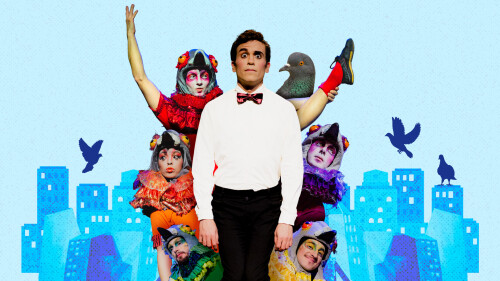 (5 / 5)
(5 / 5)
We are obsessed with crime, police dramas, the unknown and the sleuthing. It can be seen by the revisions of Agatha Christie, of Line of Duty fame, Broadchurch… I could go on.
Murder mysteries aren’t new to the stage either. But An Interrogation, written and directed by Jamie Armitage is something completely different. It’s a murder mystery, yes, but there’s no skulking around a manor or being brought into the billiards room to uncover the murderer. We sit in one room where a young detective trusts in her deep feelings on a suspect and uses her vulnerability and intelligence to discover the truth.
1 hour sat in the same room, both in reality and theatrically, sounds like it wouldn’t be too riveting. But something about An Interrogation grabs you and holds your attention. The relationships between the 3 different characters are electric, natural and so smooth. We genuinely feel as if we are in the two way mirror, watching reality in front of us. There’s no theatrical mastery, nothing to heighten the drama in terms of music or lighting additions, the drama is in the writing and how extraordinary the performers are as their characters and with one another.
The production is elevated somewhat with the use of a camera, filming from above and occasionally under the table at the two characters hands as their discussion bats back and forth. This shows a juxtaposition between the cool, calm exteriors and their inner fears and nerves. The way they all bounce off one another is so well done, combining this with the writing and the brilliant theatrical talent of these performers, you cannot take your eye off the production and you are invested from the get go.
This isn’t just a crime play – this also touches on the problems of misogyny, of police corruption and crescendos in to a series of twists, including one that surprises us the most and that was the most unexpected. This is more shocking than anything and so well done by building up a different expectation throughout the narrative.
An Interrogation is gripping, chilling and utter perfection – a true masterpiece of theatre.




 (3 / 5)
(3 / 5)
 (4 / 5)
(4 / 5)













